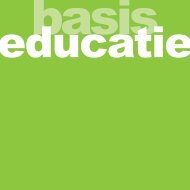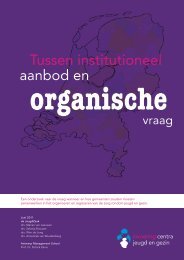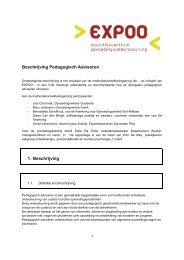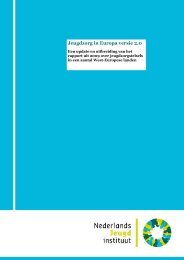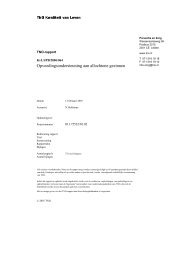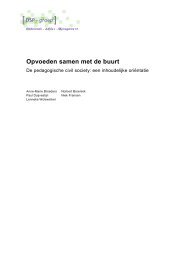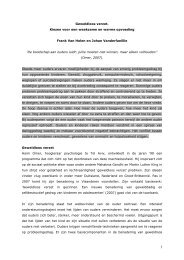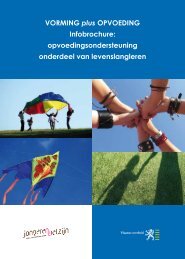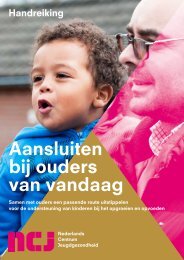Technique Is Not Enough (TINE) - British Psychological Society
Technique Is Not Enough (TINE) - British Psychological Society
Technique Is Not Enough (TINE) - British Psychological Society
- No tags were found...
Create successful ePaper yourself
Turn your PDF publications into a flip-book with our unique Google optimized e-Paper software.
■Programmes must have robust evidence from RCT and meta-studies thatparticipation in the programme results in positive, substantial and long-lasting gainsfor parents (and/or their children).More recently the standards developed by the Social Research Unit and a team ofinternational experts and used to assess early intervention programmes by the AllenReview (2011) had four dimensions:■■■■Evaluation quality – whether the investigation of the efficacy and effectiveness of theprogramme is reliable.Programme impact – how much change in child outcomes can be attributed to theprogramme.Intervention specificity – whether the programme is focused, practical and logical.System readiness – whether the programme is accompanied by the necessary supportand information to enable its implementation in service systems.Within these four dimensions, several criteria relate specifically to social inclusion.Under evaluation quality it is not considered enough to state that the programme was testedby an RCT. It must also be clear with whom the intervention was tested. This mighthighlight that the programme has only been tested with certain groups, and that caution isneeded before translating it to other groups. Extra recognition is given to studies that lookat whether the intervention works better for some groups of children or families thanothers. For example, we need to know whether boys do better than girls; are poor and lesseducatedand well-educated and better-off families affected equally by the programme anddo families from some racial or ethnic groups benefit more than some others?The Allen Review standards also require that there be no evidence of the interventiondoing harm to young people or families. For example, if an intervention tends to increasethe use of illicit substances by boys but not by girls, the programme might still make it ontothe recommended list but should only be recommended for girls.On intervention specificity programmes must be clear about which group(s) of children willbenefit. This is where the programme developer would be required to describe the bestimpact of their programme based on their research to date with white, middle-class,married couples with young children compared to the results for rural poor people, recentimmigrants and refugees; single parents; people from black and minority ethnic groupsand multiply disadvantaged people. A practical application of this approach would be toproduce a commissioning checklist that would compare each programme’s performanceagainst the characteristics of the local programme’s likely participant population.As for system readiness, it should be clear how to get the intervention to the right children,young people and families. In other words, it is not enough to expect that people will justturn up. There must be explicit processes for recruitment. The human resources neededto implement the intervention should also be stated, and this may highlight any particularattention needed, for example, to enable cultural matching or the use of communityleaders as recruiters (e.g. Murry & Brody, 2007). Lastly, extra recognition is given tointerventions that are currently being disseminated widely, or that have been tested in thereal world. Many intervention programmes are tested initially in artificial conditions.24 Professional Practice Board





